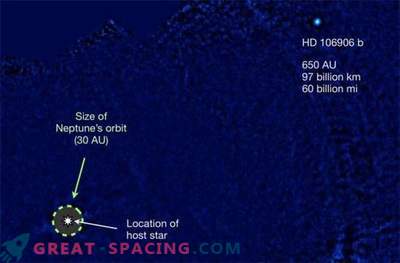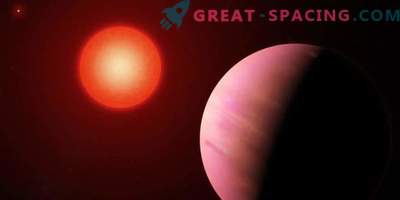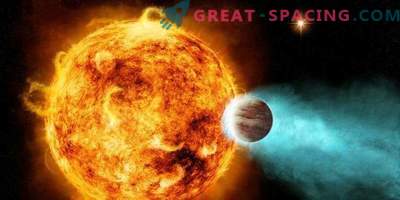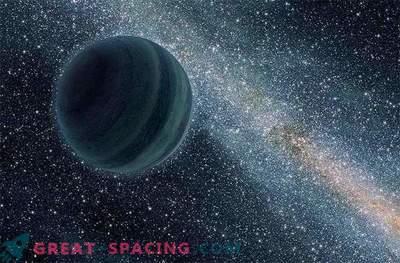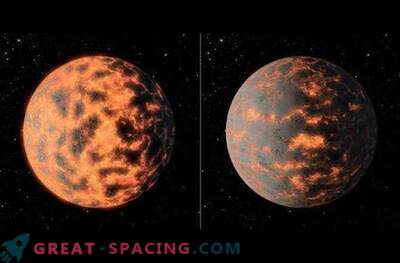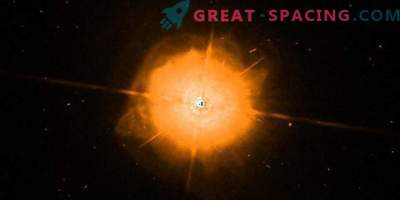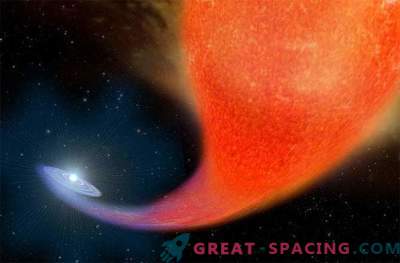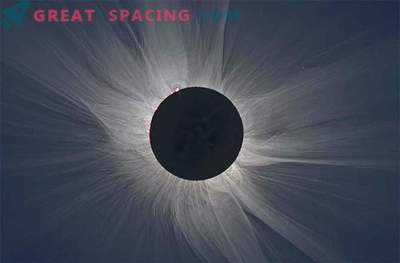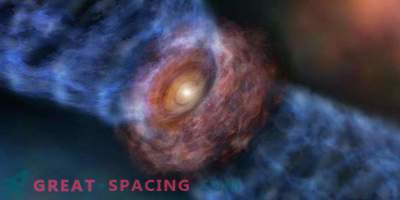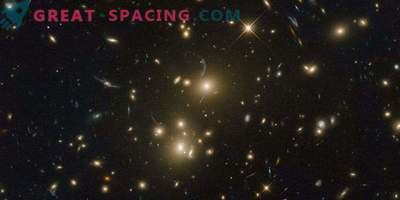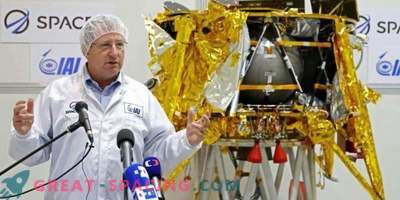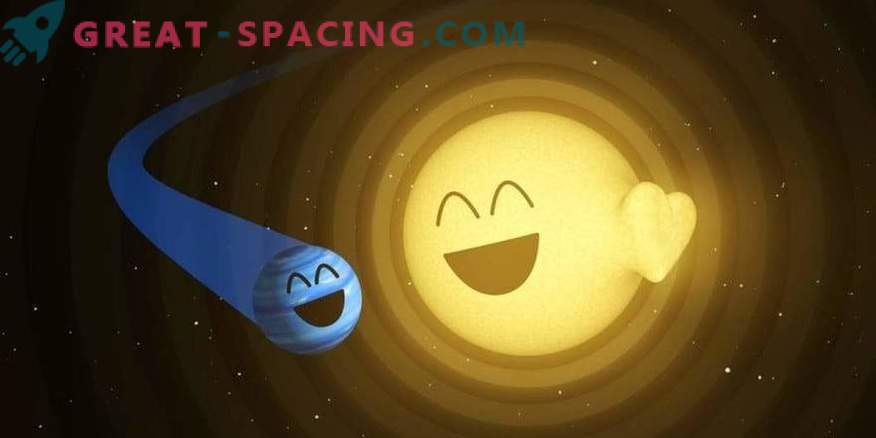
For the first time, astronomers have noticed the pulsations of a star caused by a gravitational connection with a massive planet.
The star romance flourished in a system located 370 light years from Earth. It turned out that the star's pulse “heartbeat” changes as the exoplanet approaches in its short orbit.
The discovery was made using NASA's Spitzer Space Telescope, which monitors minor ripples of stellar brightness. The HAT-P-2 star will keep a massive exoplanet in orbit - the “hot Jupiter”, which is eight times larger than the object from the Solar System, and its orbit causes pulsations in the upper layers of the star.
Although similar pulsations have already been noticed before (they are called the “heartbeat of the star”), but this is the first time that an effect has been noted between the star and the planet.
“Just on Valentine's Day, we found the first example of a planet that makes the heart of a star beat more often,” said Julien de Wit from the Massachusetts Institute of Technology at Cambridge.
Since 2007, astronomers know that this star system has an exoplanet (HAT-P-2b), but for the first time they have caught its effect on brightness. Interestingly, HAT-P-2b is 100 less than the host star. It is therefore surprising that its force of gravity can so strongly influence the outer layers of the star. “It is noteworthy that this relatively small planet seems to act on a star with such force that we manage to see it from afar,” says planetary scientist Heather Nutson of the California Institute of Technology in Pasadena (California).
Hot Jupiters are a special class of exoplanets spinning super close to their stars. As a rule, they are more massive than Jupiter, but their full turn takes place in a few days, and sometimes even hours. In the case of the HAT-P-2b, it makes its full turn every 5.6 days, and its orbit is rather eccentric, as it first comes close to the host, and then bounces back. And here at approaching, a “kiss” occurs, leading to impulses of brightness.
But, having analyzed the situation, the scientist is at a loss. Pulses (“heartbeat”) have a higher frequency than expected. So in our knowledge there is a gap about the gravitational interactions between stars and orbital hot Jupiter.





